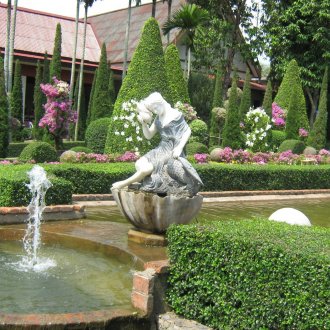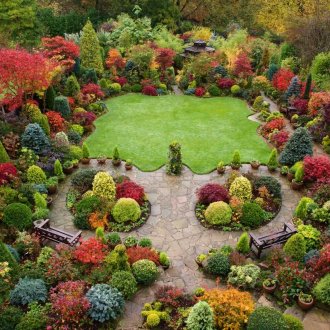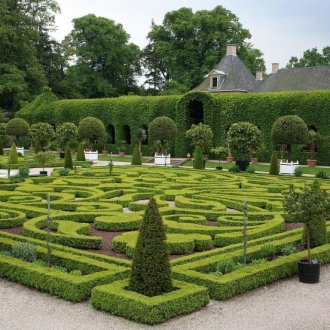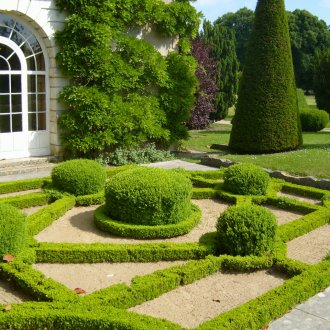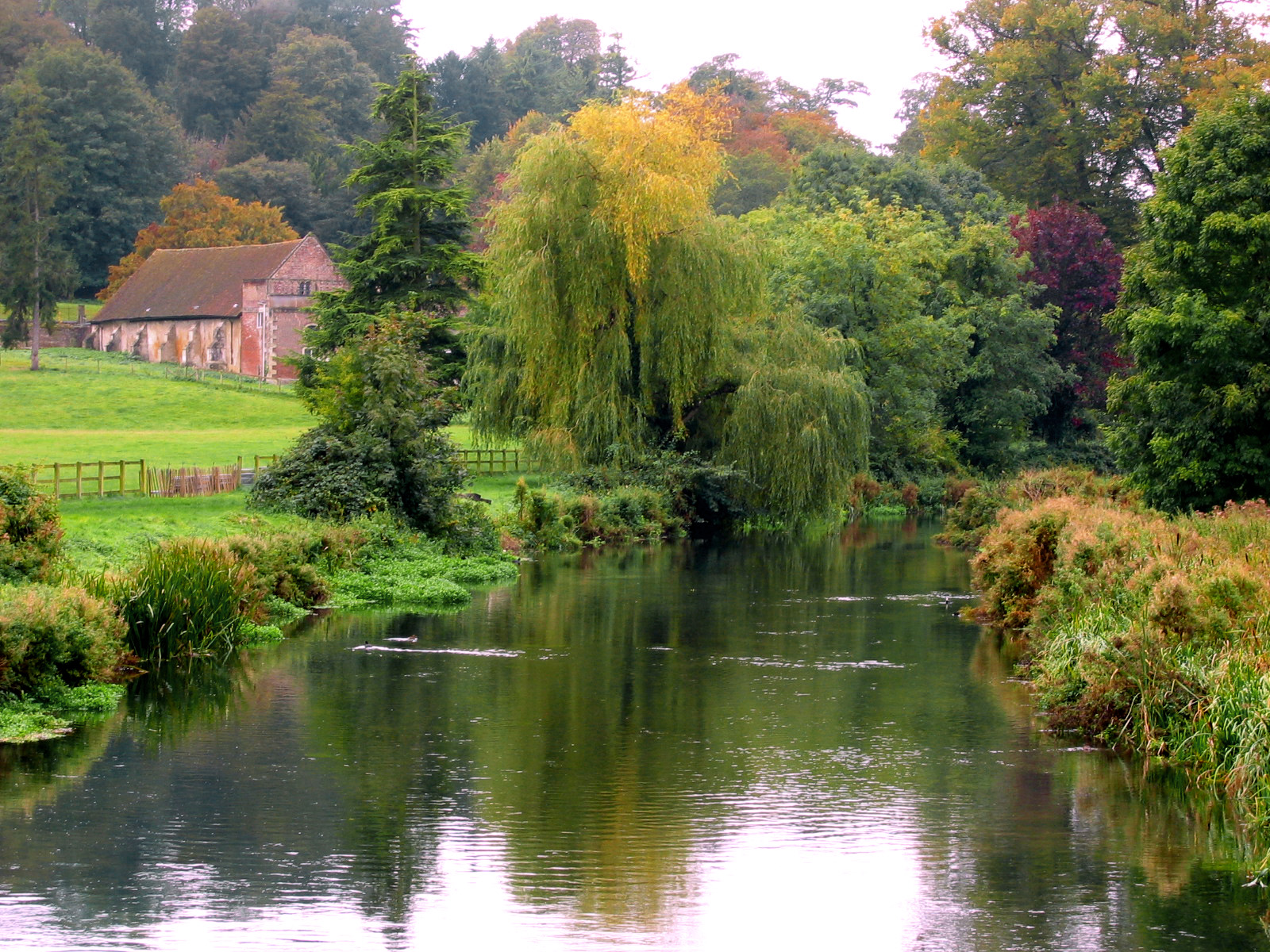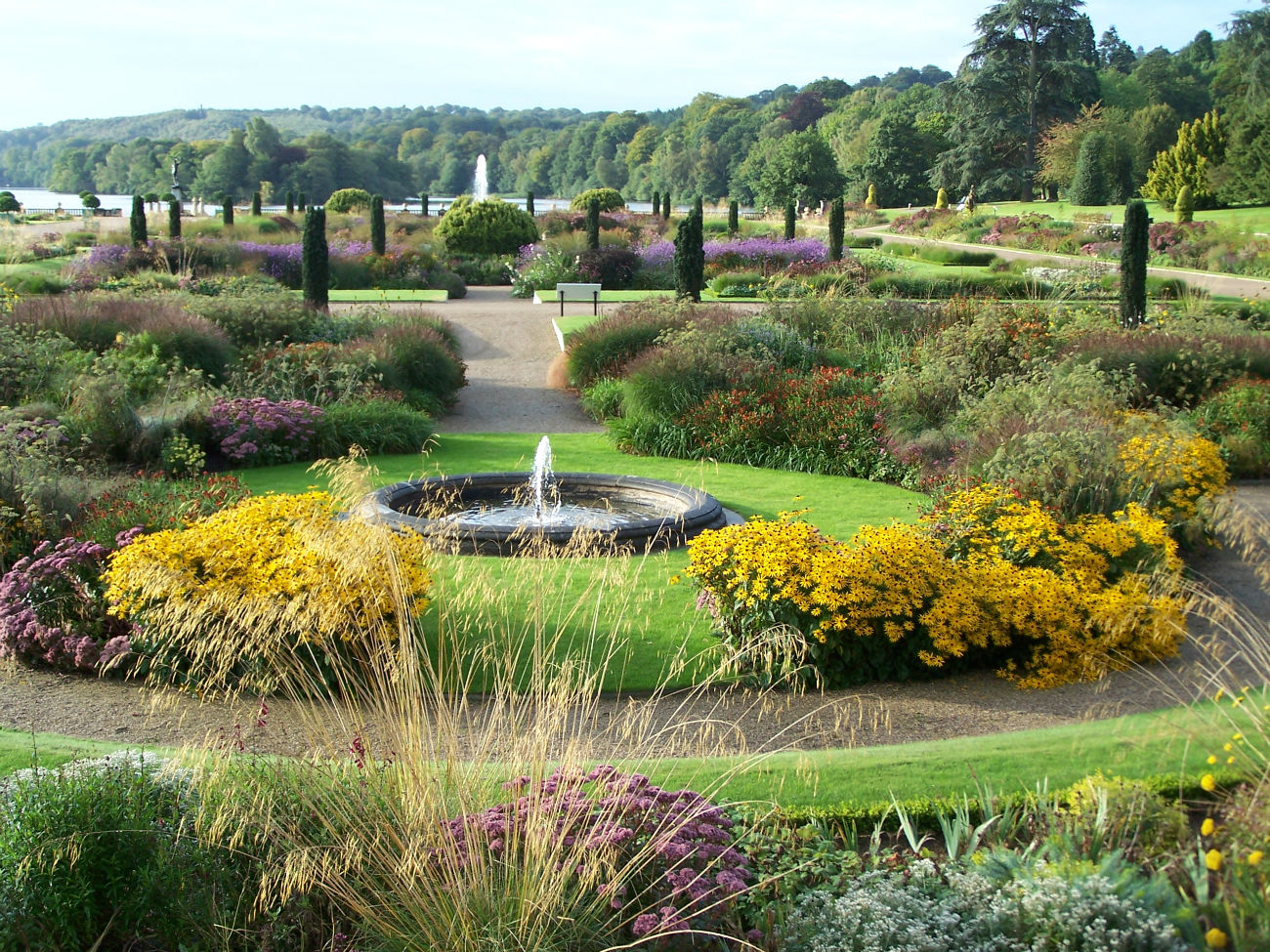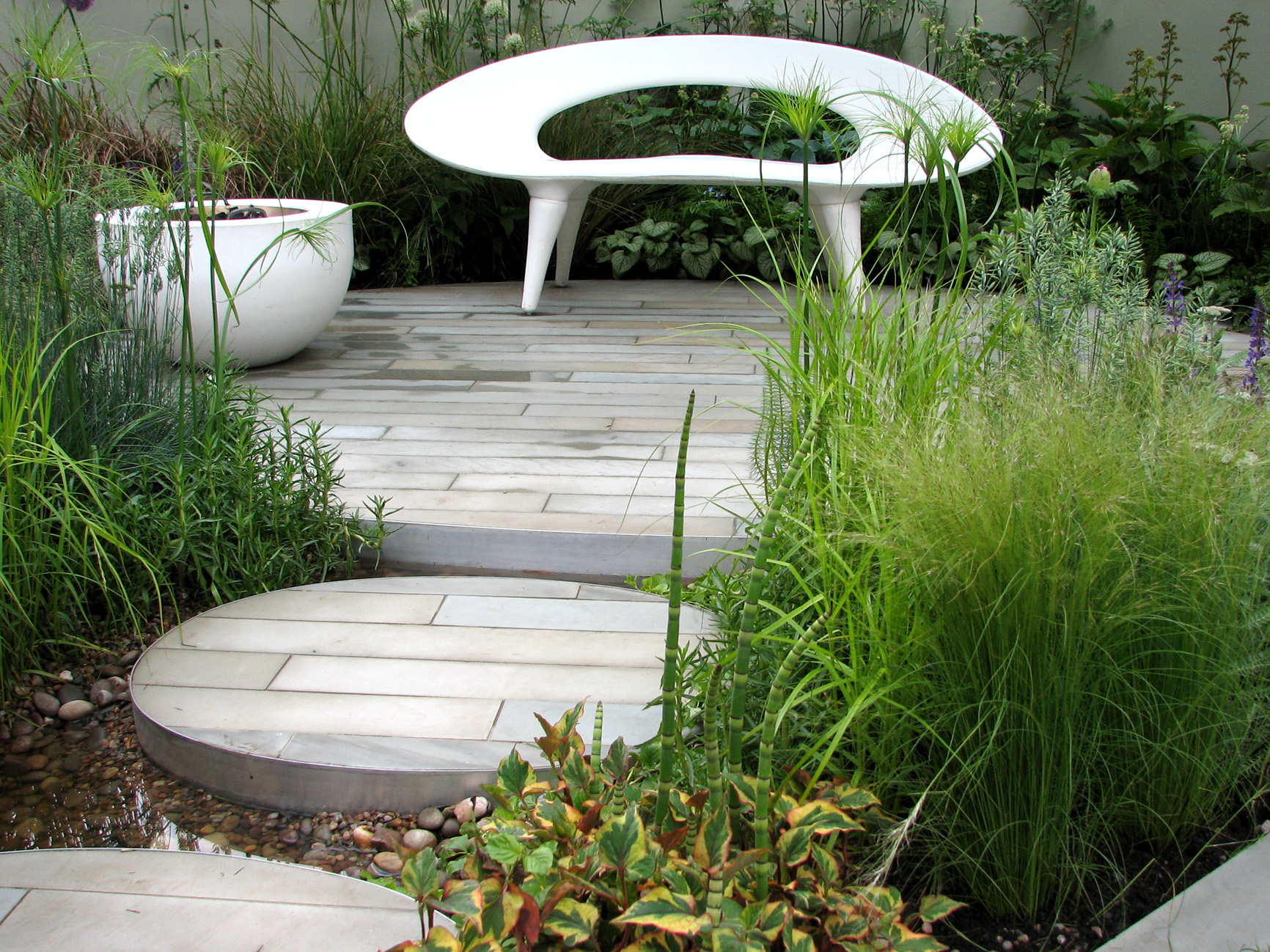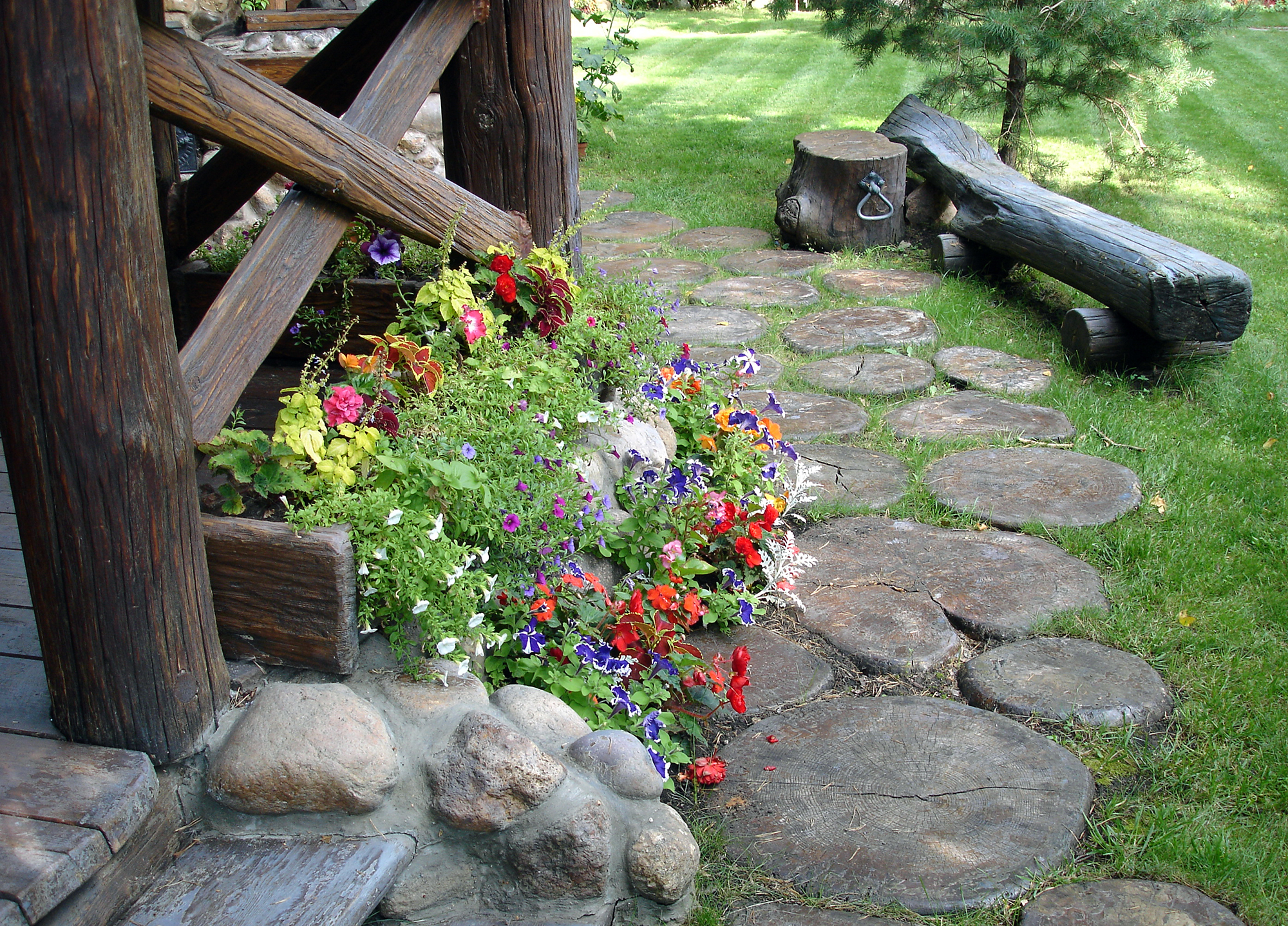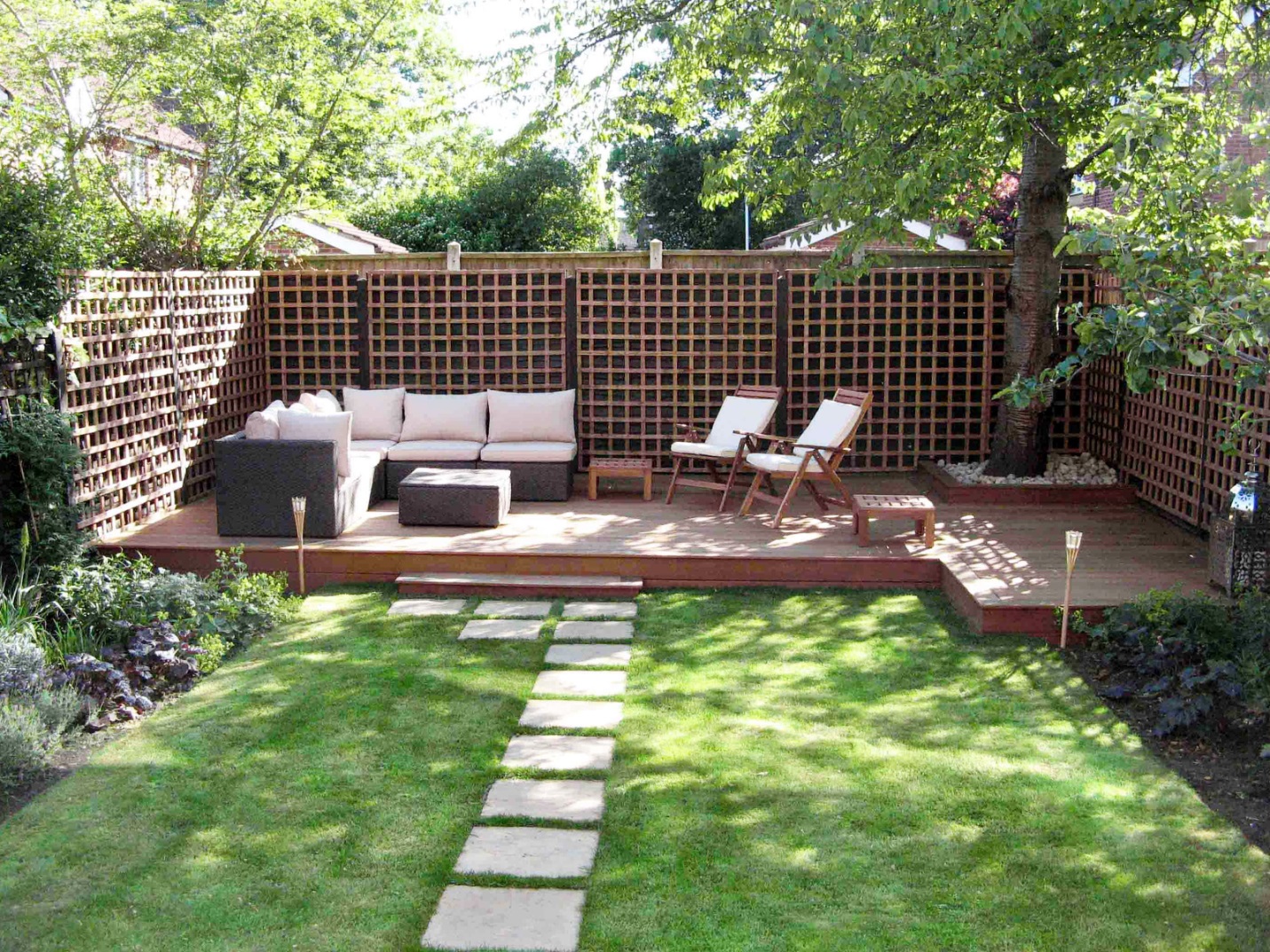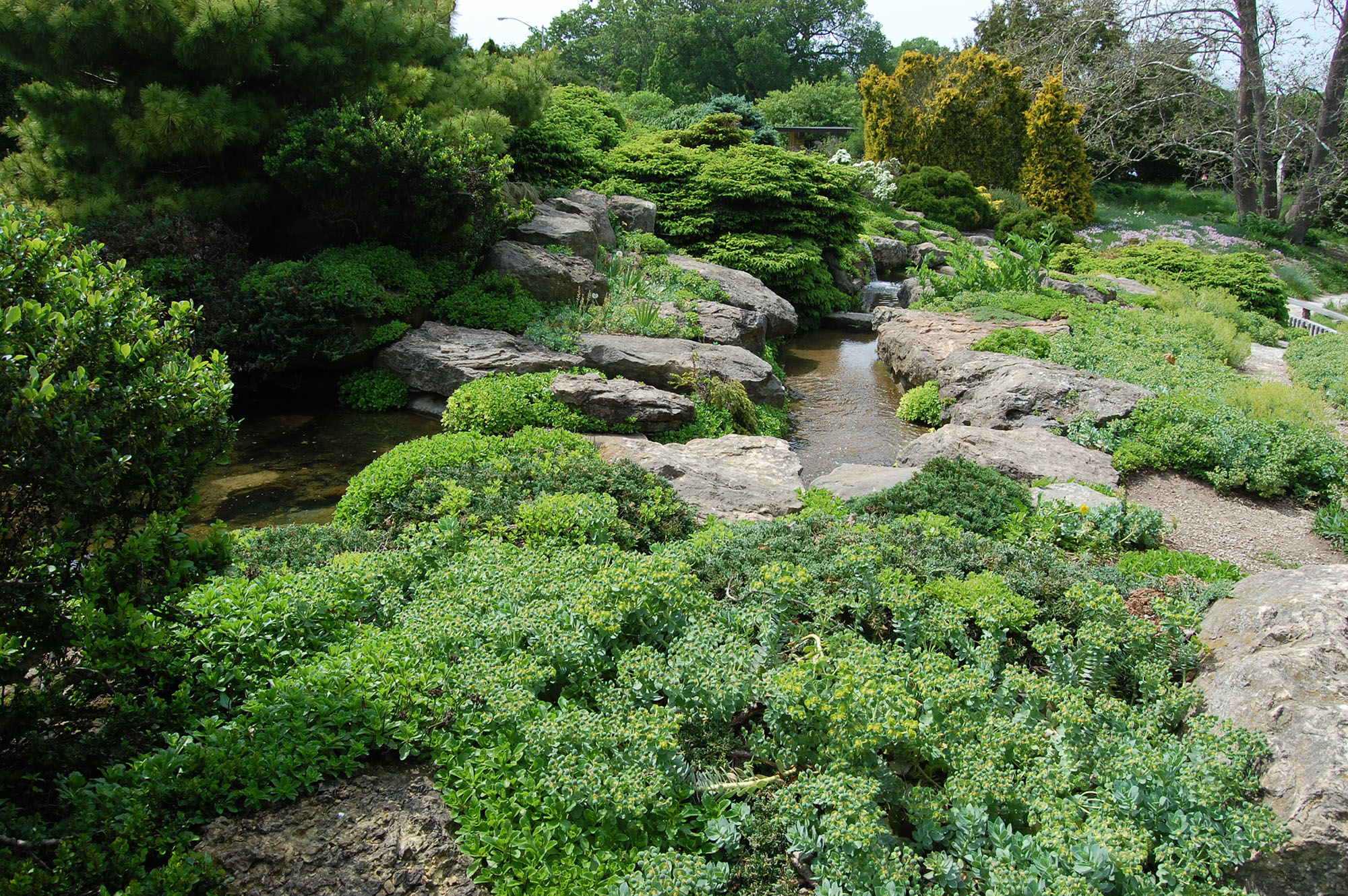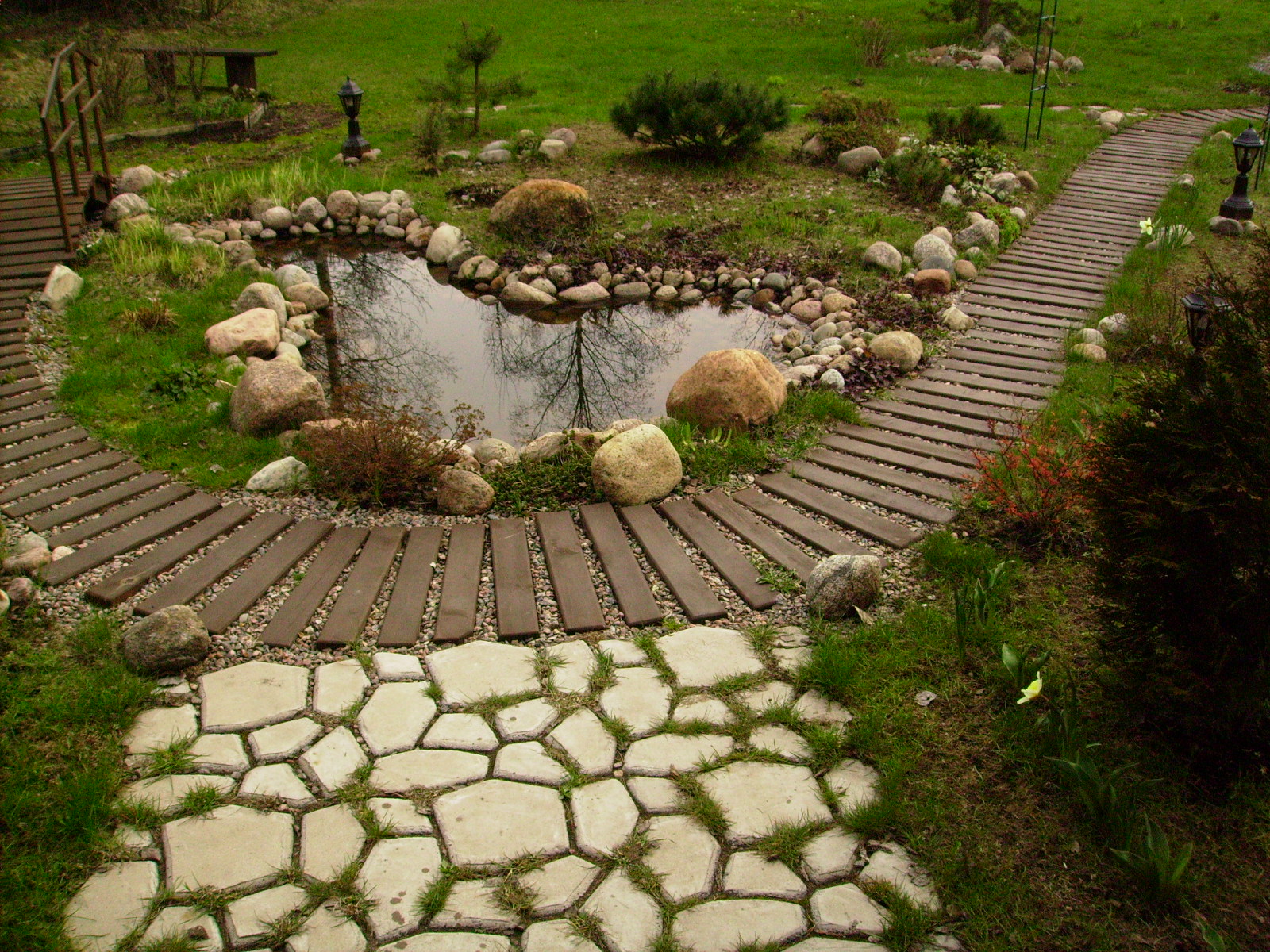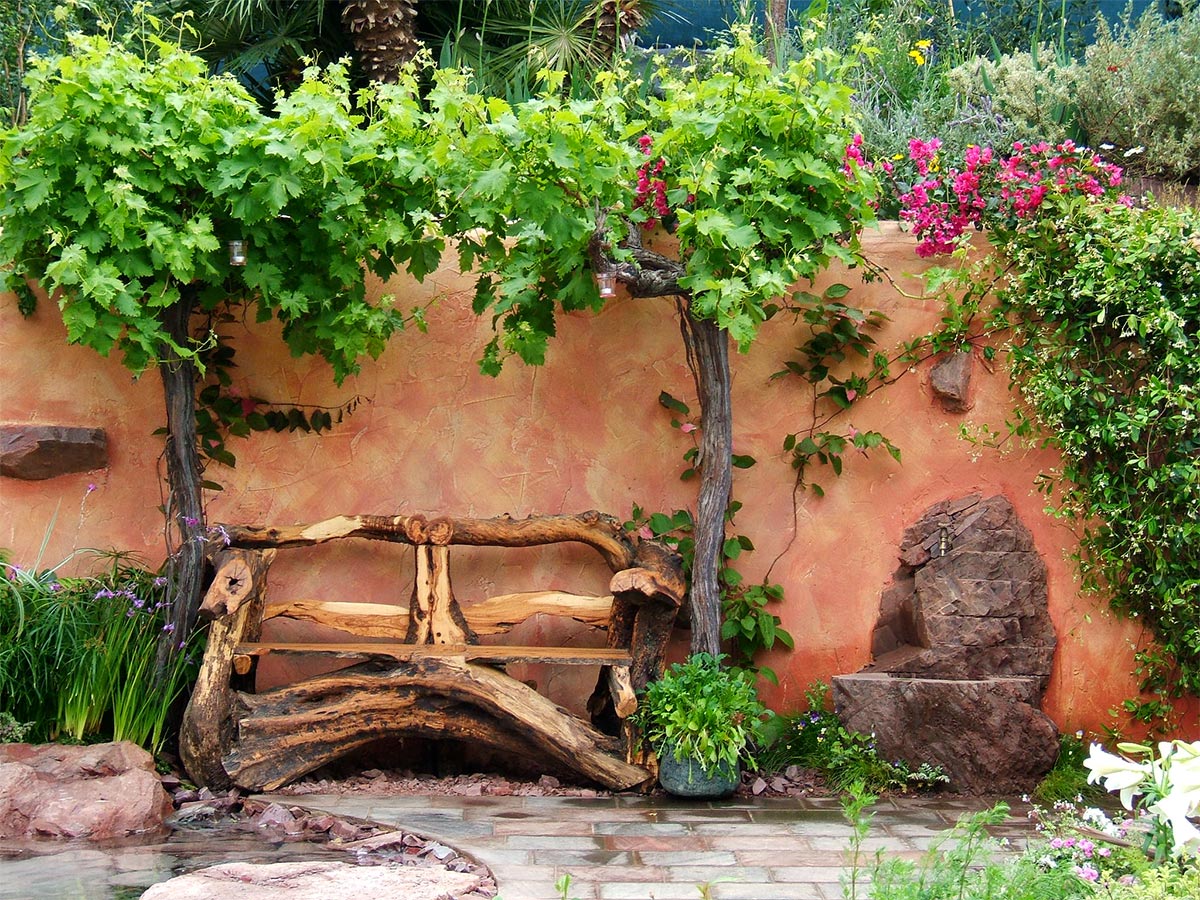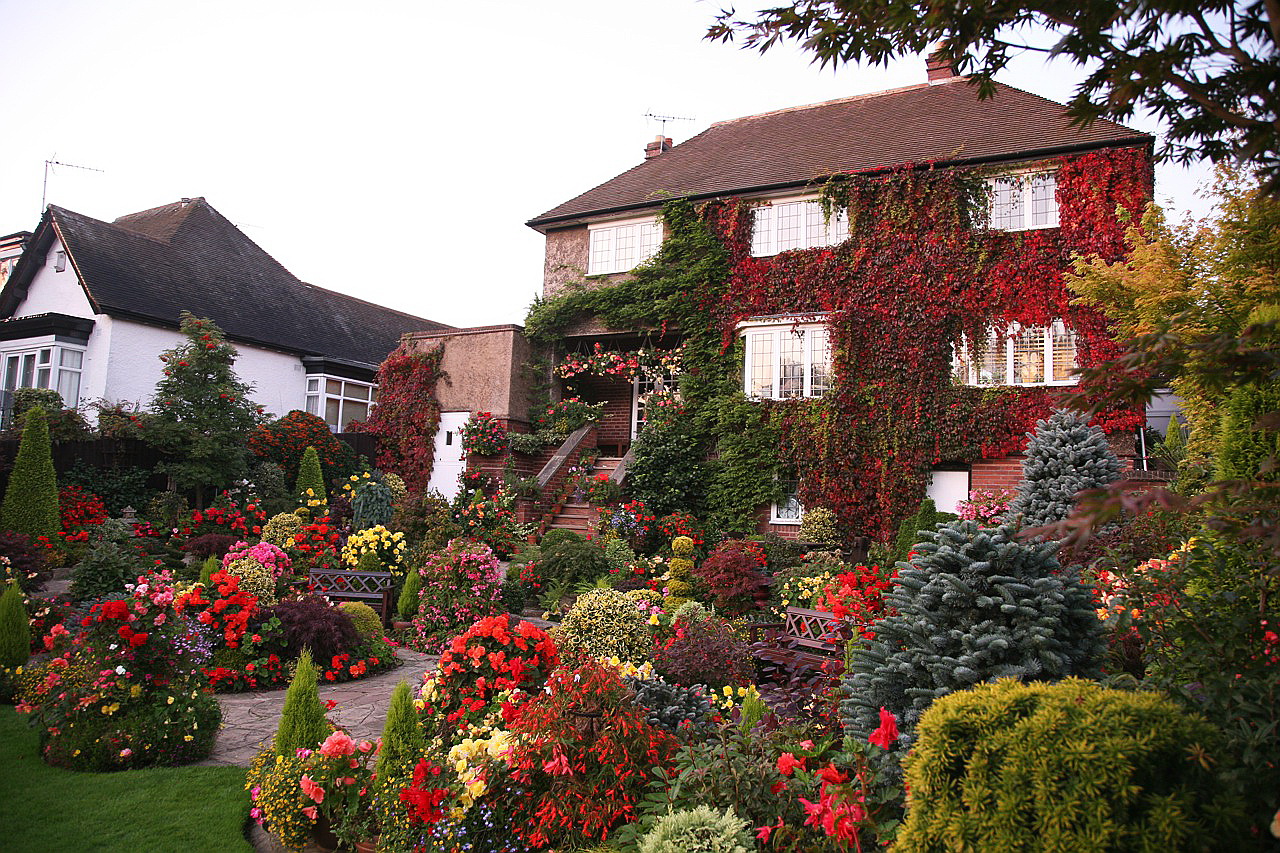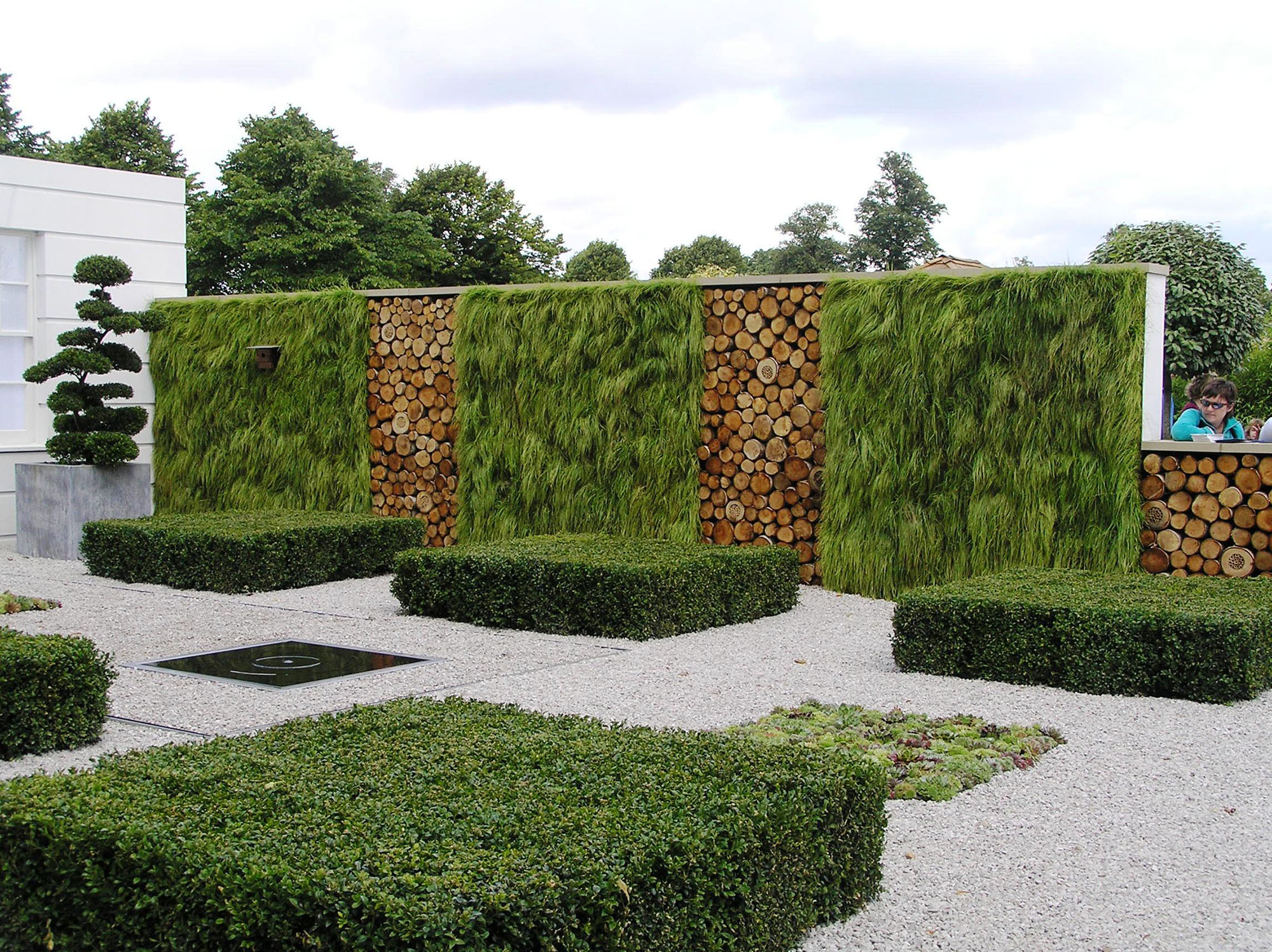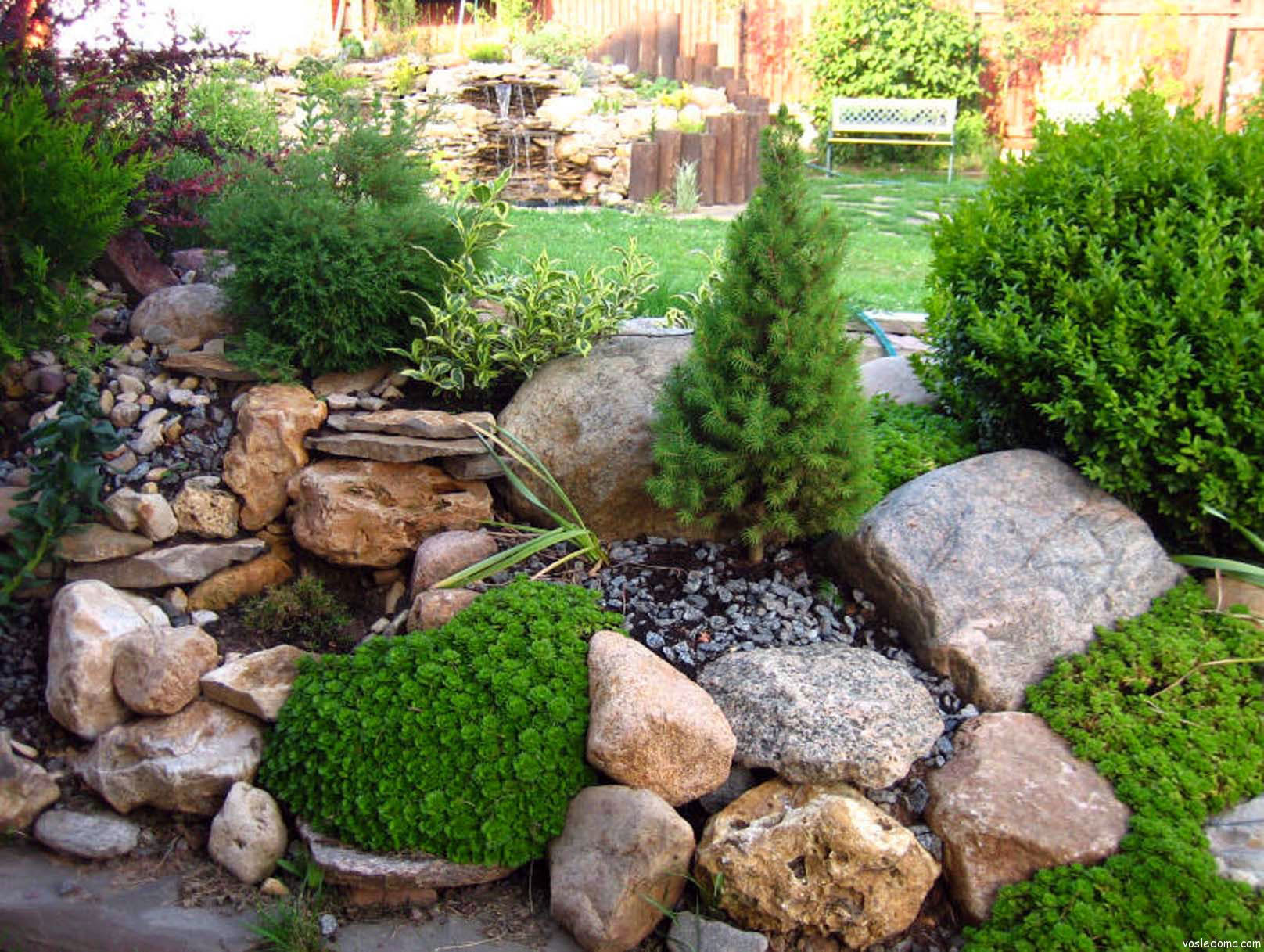Styles of landscape design (19 photos): the most famous areas
Content
- 1 Briefly about landscape design
- 2 Popular styles of landscape design
- 2.1 Regular style in landscape design
- 2.2 Landscape style in landscape design
- 2.3 Italian style in landscape design
- 2.4 Art Nouveau style in landscape design
- 2.5 Provence style in landscape design
- 2.6 Oriental style in landscape design
- 2.7 Minimalism landscape design
- 2.8 Forest style in landscape design
- 2.9 Scandinavian style in landscape design
- 2.10 Russian style in landscape design
- 2.11 French provence
- 2.12 Hi-tech style
- 2.13 Chalet
The improvement of a suburban area directly depends on the ability of the designer or gardener to fantasize, place plants in space, beat every corner of the suburban area, creating a single composition in the direction of Provence, Japanese kindergarten, chalet or hi-tech.
Landscape design as a concept appeared a little more than a hundred years ago in the United States, although there was a garden design of a zone or summer cottage almost 10 centuries before the era, the development of which mankind is now observing.
Briefly about landscape design
Styles of landscape design are found everywhere. In summer cottages, in parks and gardens, around various buildings. There are a huge variety of landscaping, the most famous are:
- Garden "rustic".
- Oriental.
- Minimalism.
- Country.
- High tech.
- Modern.
- Regular.
- Chalet.
- Landscape.
- Mauritanian.
Each of them includes the design, construction and planting of plants.
The main task of the stunning landscape at the summer cottage is to create comfort, harmony, mask details that should not be visible to others.
Popular styles of landscape design
Each direction differs from each other by planted plants, the location of fences, the shape of flower beds and ponds, as well as other details.
Regular style in landscape design
It began to be used in ancient Egypt. It is characterized by a wide space, straight lines, strict compositions. It is also called the French or architectural style. There was a French style in landscape design in France during the reign of Louis XIV. At that time, the idea came up to create a garden of such a landscape that would be subject to human influence, and not nature. The classical style of landscape design (another name for it) includes fountains and ponds of only round or oval shapes. Shrubs and trees are planted and cut exclusively in accordance with geometric shapes (under the ruler). This style has become the basis of the modern look - hi-tech.
Landscape style in landscape design
It originated in England. The English style smoothly leads a person through its corners, as if in a gallery, opening up new landscapes of its landscape. It is characterized by the complete opposite of regular, that is:
- The French style has straight lines and strict landing.
- In English - everything is close to the natural landscape.
The cottage garden, which is truly made in the English style, is moderately strict, a bit solemn, fraught with a touch of romance and elegance. Despite this, in order to create an English-style garden, six acres of space will be very small for its organization.
Italian style in landscape design
It bears a resemblance to regular and English styles. You can often find geometric figures in the Italian garden: rectangles, circles or squares, they are also divided by diagonal paths. In the center of such a garden, a pond or a fountain usually flaunts, and small flower beds or paved areas can be placed around it. Often the Mediterranean style in landscape design is equated with Italian because of their similarities in the design of the site. There is a difference, but not significant. In the Italian style, almost no flowers are used, but in the Mediterranean, on the contrary, flowerpots and flower beds are full of beauty. It is customary to build retaining walls or terraces in the Italian style, so a site with a slope can become a work of art, despite its natural shape. It is customary to place sculptures, waterfalls and statues everywhere.
Art Nouveau style in landscape design
Especially recently it has become popular to be old-fashioned. Among all the retro styles today, at the top of landscape design is Modern. This style appeared around the 18-19 centuries. It arose due to the fact that it became fashionable to transfer the principles of interior decoration to suburban areas. Elegant ornaments, wriggling trees, luxurious flowering walls began to appear in the gardens - this became a kind of classic in landscape design. Art Nouveau does not lose popularity when creating the garden now.
When arranging a garden on a summer cottage, it is customary to use retaining walls, dense hedges, which allow you to clearly distinguish between zones or hide an unaesthetic view of the building. Aromatic plants are of great importance in such gardens, so you can often find irises, lilies, mallow, phlox, peonies, violets, sage and jasmine. Among tree species these are birch, linden and willow. The Art Nouveau garden is complemented by wrought iron products (arches, trellis), thanks to them vertical gardening is possible.
Provence style in landscape design
He came from Western Europe, or rather, from the British Isles. On their territory, Provence has won the hearts of many. The rustic style in landscape design implies the use of fruit orchards, vegetable beds and even unnecessary things in landscaping. In Provence, it is not customary (as in landscape, and even more so in regular) to follow strict rules, to plant crops according to variety according to a certain line, there is some slight negligence in it. Often you can see fragments from forest motifs (lawns, forest glades). Broken geometric lines are found throughout the Provence garden; when it is created, there is no clear principle and order. The accent of the composition on the summer cottage may be old carts, wooden benches, wheels, various crafts - the choice is left to the gardener. In a rural garden, a garden can be decorated with funny details:
- Leaky baskets.
- Cracked pots.
- Old barrels.
Necessarily in Provence should be a front garden with bright flowering plants, as well as a relaxation area. A bench installed at the house, an organized canopy with climbing grapes, a paved walkway made of paving stones - without them, the rustic style in landscape design would not be complete.
An example of a composition of plants for provence in a summer cottage:
- Bulb onions.
- Sunflower.
- Nasturtium.
- Zucchini.
- Calendula.
- Beans
- Marigold.
Oriental style in landscape design
It arose due to the fact that the entire territory of Japan and China has rolling hills.
Main features:
- Pond (it can occupy up to 2/3 of the garden). The coastline is slightly indented.
- Arbors, bridges, verandas and galleries are installed throughout the garden. All of them should be bright colors, as they are a kind of accent.
- A wide range of plants (conifers and shrubs, willow, bamboo, cedar, camellia, azalea and so on).
The Chinese style in landscape design is built on local environmental conditions.When creating such a garden, you need to make maximum use of the surrounding nature and contrasts (dark and light, low and high, narrow and wide).
The Japanese style in landscaping is suitable for creating an oriental garden on a small plot. It uses mostly miniature elements (flashlights, ponds, umbrellas and bridges). The Japanese garden, in fact, is the same Chinese, but in miniature.
Minimalism landscape design
This is a completely new modern style that has appeared relatively recently. Its principle is a minimum of elements, a maximum of spaciousness and simplicity. When designing a summer cottage in this style, various materials can be used: from the usual wood and pebbles to modern building materials. The main difference is the relief. This can be achieved through various paving options. Pergolas in the summer cottage are arranged in the form of a simple canopy, the maximum in it will be the back wall.
The main features of minimalism in the garden:
- A cascade or pond, complemented by any composition of stone.
- Moorish or classic lawn.
- Pergolas and buildings are hidden from prying eyes.
Forest style in landscape design
He also, like English arose in the British Isles (as far back as the 18th century). They are often confused, as they both take their base from the natural landscape. But they have a very big difference. Forest style in landscape design is a kind of repetition of the forest, only in miniature. It is characterized by:
- Small ponds, a peculiar form with blurry shores.
- Lawns with flowers - Moorish lawn.
- Paths with natural surface (turf, sand, gravel). They can be interrupted by grassy fragments.
- The scenery is made from natural materials (stone or wood).
- A small chalet-style slide will be a wonderful addition to such a garden.
Scandinavian style in landscape design
Another style based on the natural landscape. Its basic principles:
- Open space.
- Fences, fences are presented by hedges.
- Oases and clearings with wild plants.
- Ponds of irregular shapes.
- Heather Garden.
- Spanish-Moorish lawns do not have a clear shape.
- Flowers are planted in containers.
Russian style in landscape design
Style arose in the 17-18 centuries. It is characterized by groves of cedar, birch, oak and pine. The Russian style is based on alley plantings, the use of trellis (rows of trees), the design of roadside zones, the fountain or sculpture becomes the final element of the ensemble. Hanging gardens, menageries and poultry houses are often found in this style. The buildings are decorated with climbing plants and hanging pots. Small front gardens are planted near the houses, flower pots are set at various levels. The garden is a special place, so bright lines of flowers land along the entire fence. All this is slightly reminiscent of a la Provence.
French provence
This style combines the strict lines of the French regular style and graceful country accents. A small lawn with flowers (Moorish version) softens the clear lines of the crowns after shearing. In Provence, low zoning fences can be used, which will become a kind of support for curly prickly roses. Various trifles, furniture, especially textiles - all of them create the originality of French Provence. He, in turn, became the reason for the appearance of the "Chalet" style, although this can be said about country.
Hi-tech style
High-tech style is characterized by convenience and ease of care for the site. The main materials that are used in the process of arranging the garden:
- Glass.
- Concrete.
- Plastic.
- Metal.
The usual material is not excluded, not only for high-tech, but also for other styles - wood. The catchy background is diluted with calm elements. For landscaping in high-tech style, boxwood and thuja are most often used.
Chalet
The main features of the chalet are simplicity, style and grace.It is an alpine roller coaster, only larger in scale. Chalets are characterized by natural materials (wood, stone, sand). Blooming Moorish lawn at the foot of the hill - a piquant note in the chalet.
All these styles of landscape design are currently used by summer residents to design their garden plots. Their main differences make each country garden a unique work of art in the Provencal direction or high-tech style.

